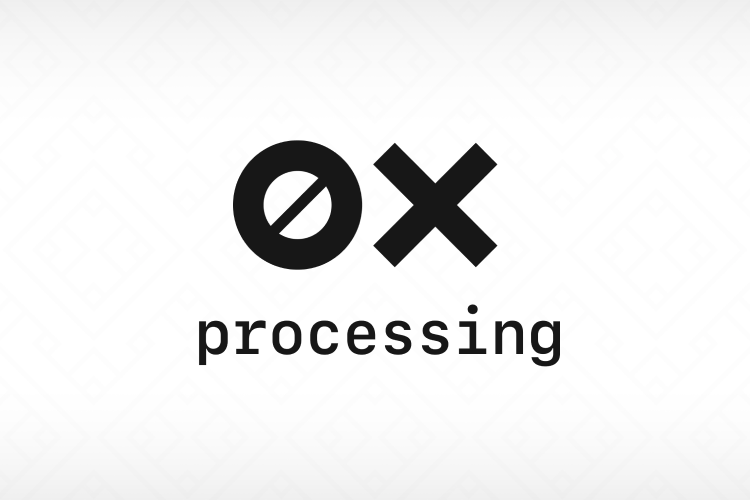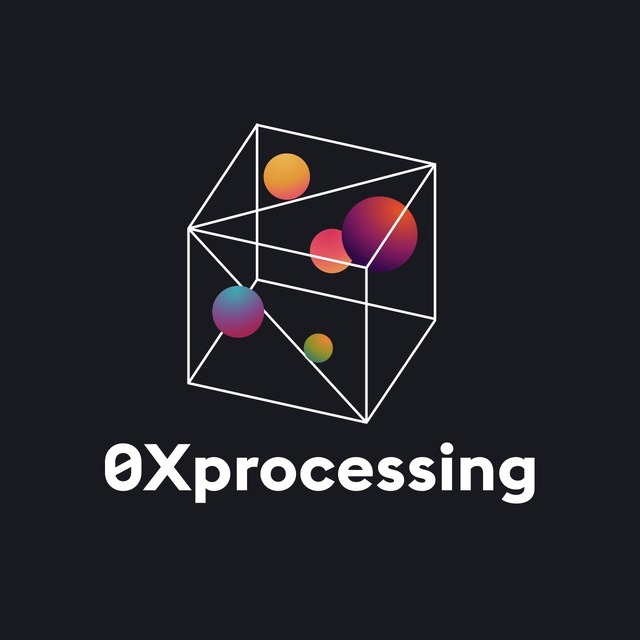
The Future of Transactions: Exploring Web3 Payment Innovations
In recent years, the evolution of blockchain technology has given birth to the concept of web3. One of the most significant developments stemming from this movement is the emergence of web3 payment systems, which aim to reshape the landscape of digital transactions. In this article, we will explore the core principles of web3 payments, their advantages and challenges, and how businesses can adapt to this new paradigm. For more information, you can visit web3 payment https://0xprocessing.com/payments-for-business/web3-payment-gateway/.
Understanding Web3 Payments
Web3 payments are built on the foundation of decentralized technologies, allowing for peer-to-peer transactions without the need for intermediaries like banks or payment processors. This shift towards decentralization promises to improve transaction efficiency, security, and user privacy. In a web3 context, payments are often facilitated through cryptocurrencies or other blockchain-based tokens, enabling users to transact in a digital-first environment.
The Advantages of Web3 Payment Systems
One of the primary advantages of web3 payment systems is their ability to reduce transaction fees. Traditional payment gateways typically charge a percentage of the transaction amount, resulting in higher costs for merchants and consumers alike. In contrast, decentralized payment systems significantly lower these fees, potentially making micro-payments viable and promoting more efficient commerce.
Additionally, web3 payments enhance security through the use of cryptographic techniques that protect user information and assets. With blockchain technology, transactions are recorded on a public ledger, making them immutable and transparent. This level of security can significantly reduce instances of fraud and chargebacks, which are prevalent in traditional payment systems.

Another advantage is the enhanced privacy that web3 payments provide. Users can make transactions without revealing their identities or sensitive financial information, which is a significant shift from the current practices of many online payment processors. This approach not only caters to users’ desire for privacy but also aligns with growing regulatory trends that prioritize data protection.
Challenges Facing Web3 Payments
Despite their potential, web3 payment systems are not without challenges. The volatility of cryptocurrencies remains a significant barrier to mainstream adoption. For businesses, accepting a currency that fluctuates widely in value can complicate pricing strategies and cash flow management. Stability mechanisms and stablecoins are being developed to address this issue, but their integration into existing systems is still in progress.
Furthermore, the technological literacy required to navigate blockchain systems can hinder adoption, especially among less tech-savvy users. For web3 payments to gain widespread acceptance, educational initiatives will need to be established to inform users about how to securely and effectively utilize these systems.
Regulation is another critical factor in the future of web3 payments. Governments around the world are still determining how to approach cryptocurrencies and blockchain technology, leading to uncertainty for businesses operating in this space. Compliance with anti-money laundering (AML) and know-your-customer (KYC) regulations remains a significant concern for many entities looking to adopt web3 payment systems.
Integration into Existing Business Models

For businesses considering integrating web3 payment solutions, the first step is to evaluate their target audience and market. Understanding customer preferences and behaviors surrounding payments is essential in choosing the right technology. Some businesses may find that offering both traditional payment options alongside web3 solutions creates a smoother transition for users.
Collaboration with established web3 payment platforms can also ease the integration process. Many companies now offer web3 payment gateways that are designed to work alongside existing e-commerce systems, allowing businesses to leverage the advantages of blockchain technology without overhauling their entire infrastructure.
The Future of Web3 Payments
As technology continues to evolve, the future of web3 payments looks promising. With advancements in blockchain scalability solutions, such as Layer 2 protocols, transaction speed and capacity will improve, making these systems more viable for day-to-day transactions. Additionally, as regulatory clarity is established and market confidence grows, we can expect to see broader acceptance of cryptocurrencies as legitimate forms of payment.
Moreover, the emergence of decentralized finance (DeFi) applications is expected to drive further innovation in web3 payments, creating new financial services and products that can enhance how we transact. From automated payment systems to decentralized marketplaces, the potential for growth within this ecosystem is vast.
Conclusion
In conclusion, web3 payments represent a significant shift in the way we think about and execute transactions. With their potential to reduce costs, enhance security, and improve user privacy, web3 payment systems stand at the forefront of a financial revolution. While challenges remain, the ongoing development and adoption of these technologies will undoubtedly shape the future of commerce. Businesses that recognize and adapt to this shift will find themselves well-positioned to thrive in a new, decentralized economy.